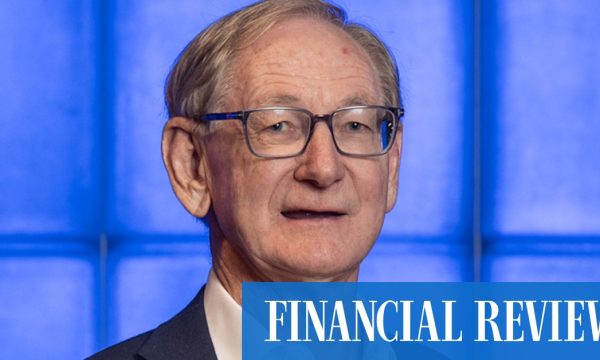The seemingly unstoppable rise in prices of gold, considered a safe haven in times of turmoil, is expected to continue into the second half of the year, according to traders and financial analysts.
In its latest outlook, the World Gold Council (WGC) predicts that prices will keep climbing, albeit at a slightly slower pace.
Gold has become so expensive that demand from the jewelry sector has slumped. Global consumption by jewelry manufacturers dropped from 435 tons in the first quarter to 356 tons in the second, the WGC reported earlier this week.
Meanwhile, the price of gold has soared to just over $3,300 per troy ounce (31.1 grams), nearly double the level seen in 2022.
Goldman Sachs forecasts it could reach $4,000 by mid-2026.
Analysts point to sustained buying by central banks – especially China’s – as a key driver of this rally, as nations seek to reduce their reliance on the U.S. dollar.
“As long as central banks continue to build up gold reserves, prices will keep moving north,” says Michael Eubel, head of precious metals trading at BayernLB, one of Germany’s leading gold dealers.
“Central banks have been buying around 1,000 tons of gold annually in recent years,” adds Benjamin Summa, a spokesperson for Munich-based gold trader Pro Aurum. “A significant share of that is likely attributable to China.”
Figures from the World Gold Council show that China has increased its gold reserves nearly sixfold since 2000, from 395 tons to 2,292 tons as of the end of the first quarter of 2025. That puts it in seventh place globally. But many experts believe Beijing’s actual holdings are far higher.
“I estimate that China has acquired at least another 500 tons via secondary markets,” says Eubel. China is also the world’s largest gold producer, and “very little of that output is exported,” he adds.
It’s no secret that China’s Communist Party would prefer to end U.S. dominance sooner rather than later. A key component of great-power status is holding significant gold reserves. But China is by no means the only country buying gold.
“These states are aiming to reduce their dependence on the U.S. dollar and are therefore increasingly turning to physical gold,” said Summa. Among them are India, the United Arab Emirates (UAE) and Qatar.
This year, however, the most active buyer isn’t China, but Poland, which has purchased more than 48 tons so far in 2025, according to the WGC – putting it at the top of the list. For many years, Russia was the largest official gold buyer, but it has scaled back purchases since 2020, according to official data.










No Comment! Be the first one.